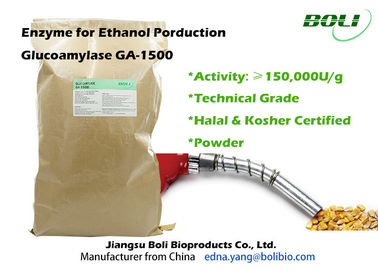Mashing Mishaps: Rescuing A Missed Mash
Protease enzymes are nevertheless an location of controversy amongst brewing scientists. Historically, brewers from a British pedigree have dismissed the action of enzymes that break down and solubilize potentially harmful proteins in the mash. Understandably, due to the fact it was found that with a assortment of denaturation temperatures, even as high as 144 °F (62 °C), virtually no protease enzyme would survive to be successful in an infusion mash. Likewise, a effectively-modified, hugely kilned British malt is unlikely to contain considerably in the way of protease enzymes in the first spot. This signifies that, in a practical sense, the manipulation of beta amylase activity can be utilized to control the fermentability of the wort. If the mash is allowed to “stand” at a temperature that favors the action of beta amylase, then agreater proportion of the sugars extracted from the malt will be maltose and hence the wort will prove a lot more fermentable.- These are alpha- and beta-amylase, which, in between them, are capable of hydrolyzing significantly of the starch present into sugars no larger than 3 glucose units lengthy.
- Hydrolysis indicates actually “to add water,” resulting in the starch becoming broken up and turned back into sugars.
- Having said that, two enzymes persist, at least properly into the mash.
Temperature Rests In The Mash
Amyloglucosidase can be added to a step mash plan, prior to the temperature exceeds 140 °F (60°C), or it can be added to wort run off into the kettle. Offered mga m of enzyme added, it would probably assist to have a slightly thinner than usual mash and to stir it well numerous occasions if you go that route. If you treat your wort in your kettle, prior to the boil, be certain the temperature is not as well higher.
Are enzymes most effective at pH 7?
This depends on the type of enzyme. The enzyme pepsin breaks down proteins in the acidic conditions of the stomach. Pepsin has an optimum of pH 2.5 and a working range of between pH 1-4. Most other enzymes function within a working pH range of about pH 5-9 with neutral pH 7 being the optimum.
Enzyme Trong Công Nghệ Sản Xuất Bia
If Visit This Link want the driest beer feasible, adding the enzyme to kettle wort is the preferred strategy. Hold at around 140 °F (60 °C), or slightly significantly less, for about 15 minutes, then proceed towards the boil. The boil will denature the enzyme and cease any further action, if any “dextrins” are left at this point. I've used enzymes with each other and have had seriously great outcomes. The Alfa I add at striking temperature 66.5°C and hold there for a couple hours, the gluco I add later soon after the temp of the mash has dropped somewhat. I've got conversions every bit as great, perhaps even greater than malt. Maturex® prevents the formation of diacetyl, a single of the most popular flavour defects in lager beers. Maturation time can be reduced numerous days up to 14 days.
The Alfa I add at striking temperature 66.5°C and hold there for a couple hours, the gluco I add later soon after the temp of the mash has dropped somewhat. I've got conversions every bit as great, perhaps even greater than malt. Maturex® prevents the formation of diacetyl, a single of the most popular flavour defects in lager beers. Maturation time can be reduced numerous days up to 14 days.